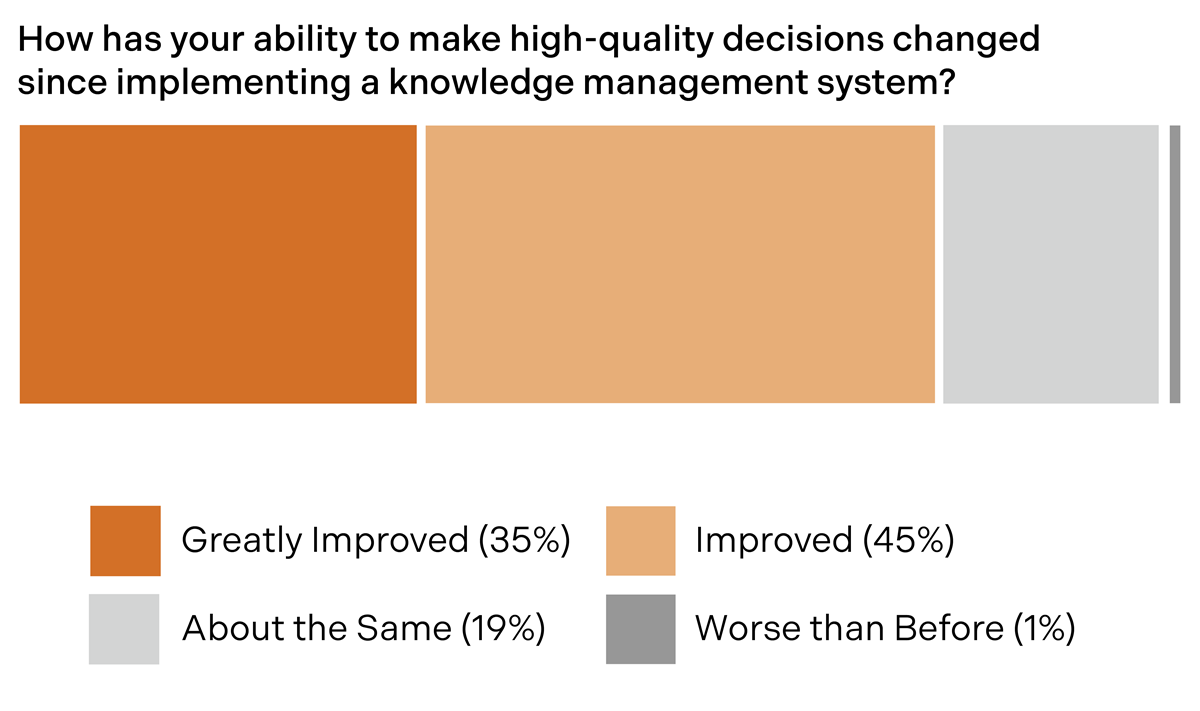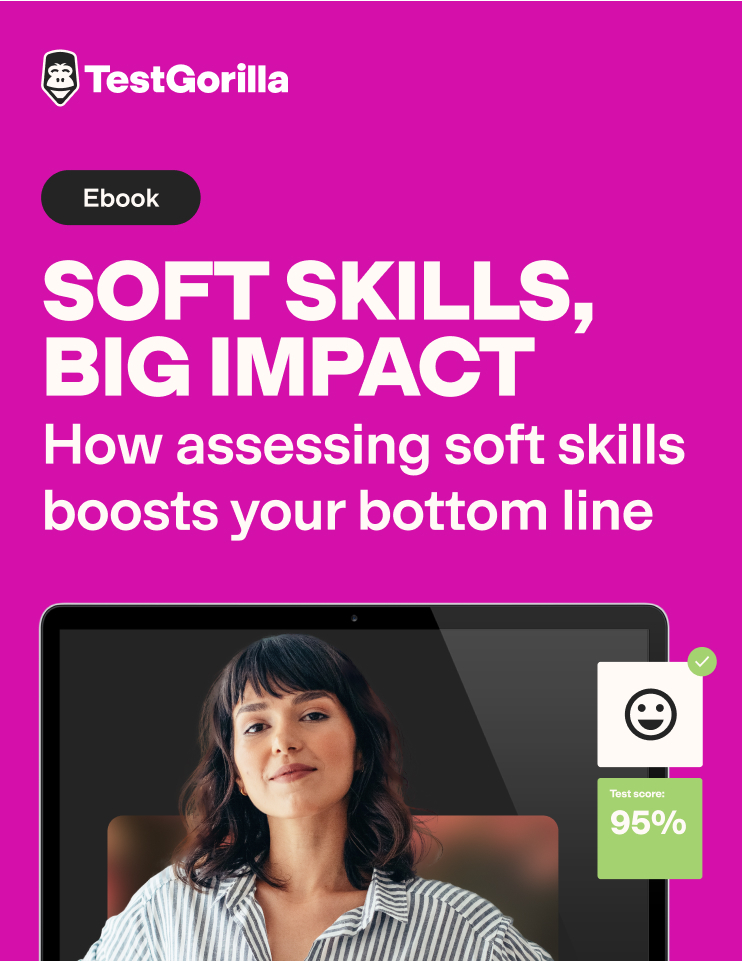Mastering Enterprise Intelligence: the key to 21st century growth
Evolving from knowledge management to Enterprise Intelligence

Despite companies investing billions in artificial intelligence (AI), enterprise search and data repositories, most organisations are seeing marginal gains at best. But the problem isn’t AI – it’s the low-grade fuel we’re pumping into it.
AI and search tools aren’t failing businesses. Businesses are failing AI. Organisations expect these technologies to solve knowledge problems independently, yet they continue to feed them with fractured, static and outdated company information. Employees spend nearly 20 per cent of their workday hunting for information across disconnected systems, wasting time, delaying decisions and proving that our fundamental approach to managing knowledge is broken.
We don’t simply need better search or smarter databases. We need an organisational nervous system that makes the enterprise more intelligent daily. A system that doesn’t just store knowledge but activates it, ensuring the correct information reaches the right people at the right time in the right context.
That’s the promise of Enterprise Intelligence. Instead of treating knowledge as a static repository, Enterprise Intelligence turns it into a self-healing, continuously improving asset that blends human expertise with AI-driven intelligence to deliver real-time, contextual knowledge where it’s needed most.
The three pillars of Enterprise Intelligence
For years, businesses have relied on three distinct disciplines to manage knowledge, each addressing a specific function:
- Knowledge management (KM) captures institutional knowledge but remains passive, requiring employees to manually search for information rather than delivering insights in the flow of work
- Enterprise search (ES) helps retrieve documents but doesn’t assess their accuracy, completeness or relevance, leaving employees to sift through conflicting or outdated information
- Business intelligence (BI) analyses structured data and generates reports, but it only looks backwards, offering retrospective insights rather than proactive guidance
While some purpose-built knowledge management systems, such as Bloomfire, have improved knowledge sharing, employees too often become the knowledge base, putting organisations at risk of institutional knowledge loss when key employees leave.
Enterprise intelligence redefines how businesses access, manage and activate knowledge by integrating KM, ES and BI into a dynamic, AI-powered system that continuously learns and adapts. Instead of operating as isolated silos, these three functions converge to create an intelligent organisational nervous system.
Then came generative AI, accelerating a shift that was already underway.
Organisations were already working to improve knowledge accessibility, but AI-driven insights have made their shortcomings more visible. AI is only as effective as the quality and structure of the data it uses. Without a strong knowledge foundation, AI can surface outdated or even contradictory information, leading to poor decisions instead of smarter ones. When organisations deploy AI on top of this fragmented foundation, they amplify the very problem they’re trying to solve.
Here’s what could happen:
- AI models give wrong answers with confidence
- Chatbots tell customers contradictory information based on different departments’ documentation
- Automated tools make decisions based on incomplete – or, worse, incorrect – data
This disconnect between AI’s promise and its real-world impact is evident in recent findings:

- 80 per cent of employees report improved decision-making when enterprise knowledge is seamlessly accessible – with 35 per cent seeing a significant improvement in just six months
- Companies leveraging real-time intelligence are four times more likely to exceed their business objectives
- New employees spend 22 per cent more time searching for information than experienced employees, underscoring the need for faster knowledge accessibility
Organisations must move beyond static knowledge storage to fully realise AI’s potential and embrace dynamic, AI-powered knowledge orchestration. Enterprise intelligence represents this evolution, transforming knowledge into a self-healing system that proactively identifies redundant, outdated or trivial (ROT) content, ensuring information remains accurate and actionable.
Defining Enterprise Intelligence
At its core, Enterprise Intelligence is the convergence of business intelligence, enterprise search and knowledge management, but it’s not just another layer in your tech stack. Instead, Enterprise Intelligence fundamentally reimagines how organisational knowledge should work and acts as the connective tissue linking disparate knowledge sources, becoming an intelligent bridge between data and decision-making. It transforms knowledge from a passive repository into an active, decision-driving force by:
- Reducing time spent searching for information, ensuring employees have instant access to what they need
- Bridging knowledge gaps by continuously updating and refining enterprise data
- Breaking down silos by connecting knowledge across systems, teams and workflows
- Preventing knowledge loss by structuring and preserving institutional expertise
Unlike traditional KM systems, which often require employees to search for information manually, Enterprise Intelligence ensures knowledge finds them, proactively delivering the right insights at the right time.
The business impact of Enterprise Intelligence
Companies that have adopted Enterprise Intelligence are already seeing measurable gains, including:
- Faster response times and operational scale: a Fortune 100 insurance company increased call centre agent capacity by 12.5 per cent without hiring additional staff by leveraging AI-powered knowledge surfacing
- Lower costs and faster workforce readiness: using AI-powered knowledge orchestration, a tax preparation services company reduced onboarding time by 50 per cent and cut costs by over $11.9 million
- Stronger cross-functional collaboration: organizations prioritising enterprise intelligence report an average 10 per cent increase in cross-functional collaboration, improving agility and responsiveness
These aren’t just efficiency gains; they’re competitive differentiators. Organisations that fail to activate their enterprise knowledge leave money – and innovation – on the table.
Enterprise Intelligence is the future of knowledge strategy
Despite its direct impact on revenue, performance and compliance, enterprise knowledge is often overlooked as a measurable business asset. However, as AI, automation and data-driven decision-making become the foundation of business strategy, it is clear that organisations that fail to activate their enterprise knowledge will lose their competitive edge.
The companies that lead in the 21st century will be those that transform knowledge from a passive asset into a dynamic driver of growth, decision-making and creativity.
The question is: how quickly can you activate your enterprise intelligence before your competitors do?
Bloomfire will release the Value of Enterprise Intelligence Report later this month. The report will reveal key data-driven insights, industry benchmarks, and a framework for measuring the financial impact of enterprise intelligence.
Learn more about Enterprise Intelligence.
To schedule a Bloomfire demonstration or request more information about Enterprise Intelligence best practices, please visit www.bloomfire.com or contact sales@bloomfire.com.
Follow Bloomfire on LinkedIn: www.linkedin.com/company/bloomfire/.
About Bloomfire
Bloomfire is a pioneering AI-powered knowledge management software platform. We create the intelligent connective tissue that seamlessly links people, data, processes and technologies, ensuring that knowledge flows dynamically to where it is needed most.
By Philip Brittan, CEO at Bloomfire
Philip Brittan is CEO of Bloomfire and a seasoned technology leader, product innovator and business strategist with deep expertise in enterprise software, AI and knowledge management. Over his career, he has founded and led four enterprise software startups, driven innovation at Google as VP of Engineering and Product for Google Workspace, and built high-growth businesses at Bloomberg and Thomson Reuters.

Business Reporter Team
Most Viewed
Winston House, 3rd Floor, Units 306-309, 2-4 Dollis Park, London, N3 1HF
23-29 Hendon Lane, London, N3 1RT
020 8349 4363
© 2025, Lyonsdown Limited. Business Reporter® is a registered trademark of Lyonsdown Ltd. VAT registration number: 830519543





